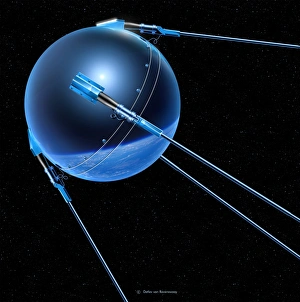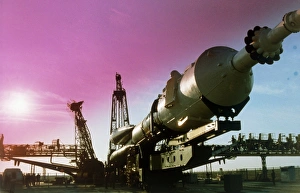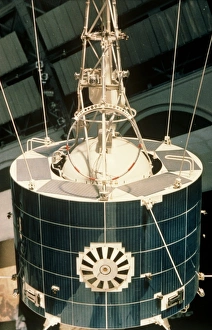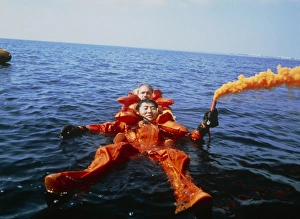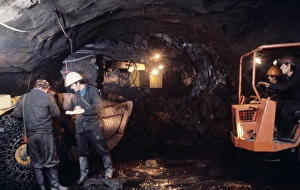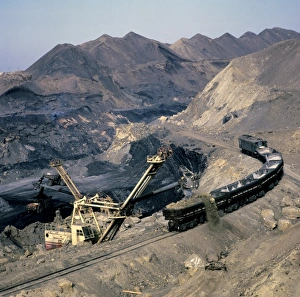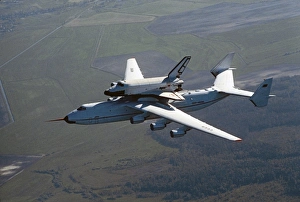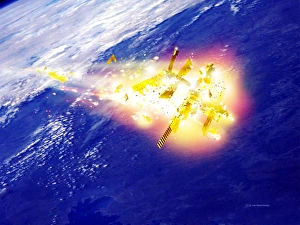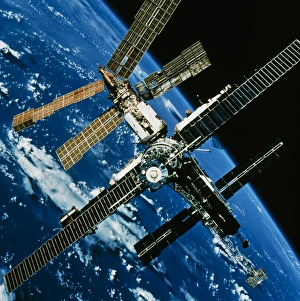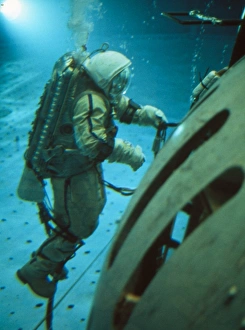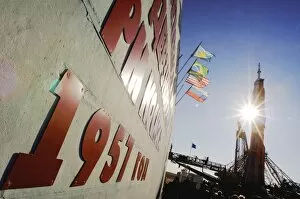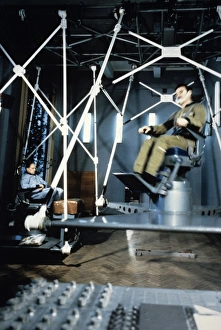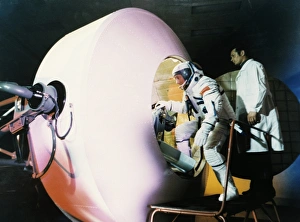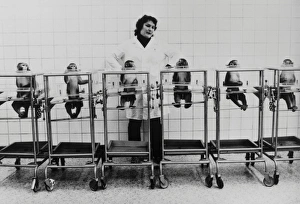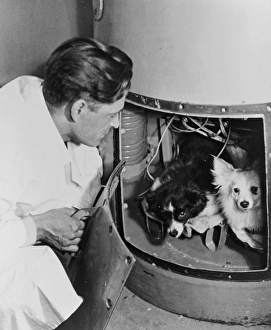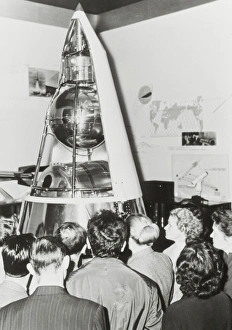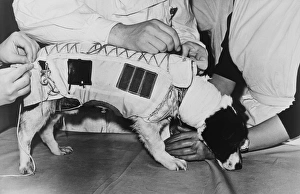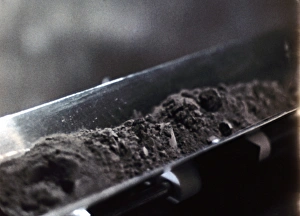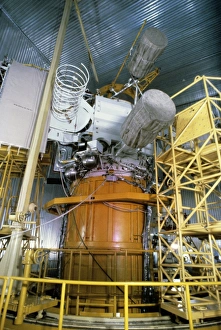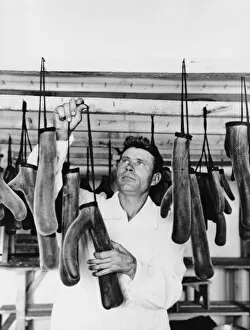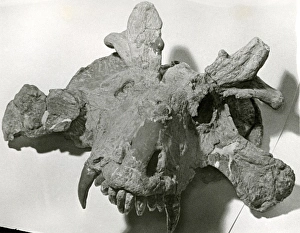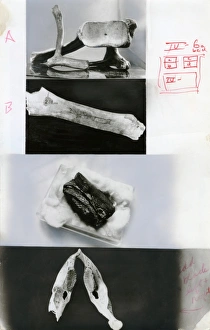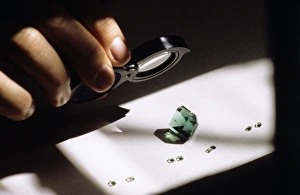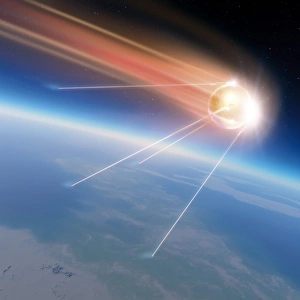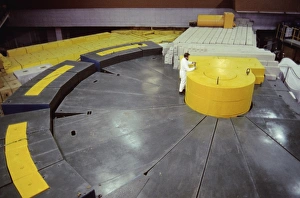Cis Collection (page 8)
Celebrating the Pioneers: A glimpse into Russia's rich space history 🚀✨ From the iconic Laika, the brave space dog who paved the way for human exploration
All Professionally Made to Order for Quick Shipping
Celebrating the Pioneers: A glimpse into Russia's rich space history 🚀✨ From the iconic Laika, the brave space dog who paved the way for human exploration, to Valentin Glushko, the brilliant Soviet scientist behind groundbreaking advancements in rocket technology. This captivating collection of images takes us on a journey through time and space. In St. Petersburg, witness two student soldiers braving a snowstorm as they embody resilience and determination amidst challenging conditions. The partly frozen Neva River with its majestic Winter Palace stands as a testament to Russia's enduring spirit even in freezing winters. The Sputnik 1 stamp and postcard serve as reminders of humanity's first steps into outer space, forever changing our understanding of what lies beyond our planet. And let us not forget Belka, another courageous Soviet space dog whose mission left an indelible mark on history. As we explore Tsarskoye Selo (Pushkin) in St. Petersburg or visit Kyiv-Pechersk Lavra monastery, we are reminded of the cultural heritage that intertwines with these scientific achievements, and is this fusion of artistry and innovation that makes Russia's contributions to space exploration truly remarkable. Join us in celebrating these pioneers who dared to dream big and pushed boundaries beyond Earth's limits.

